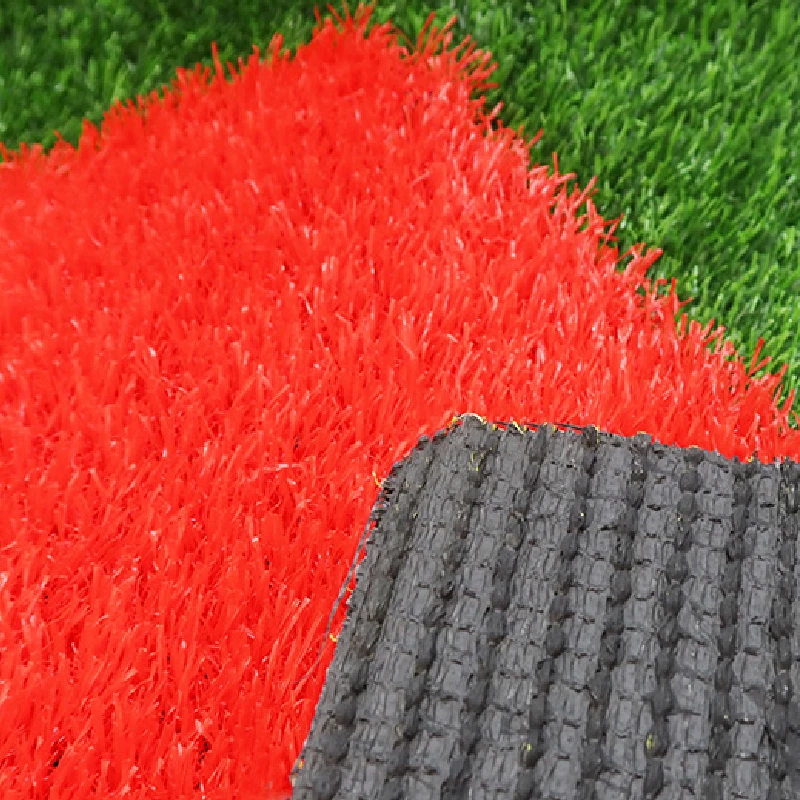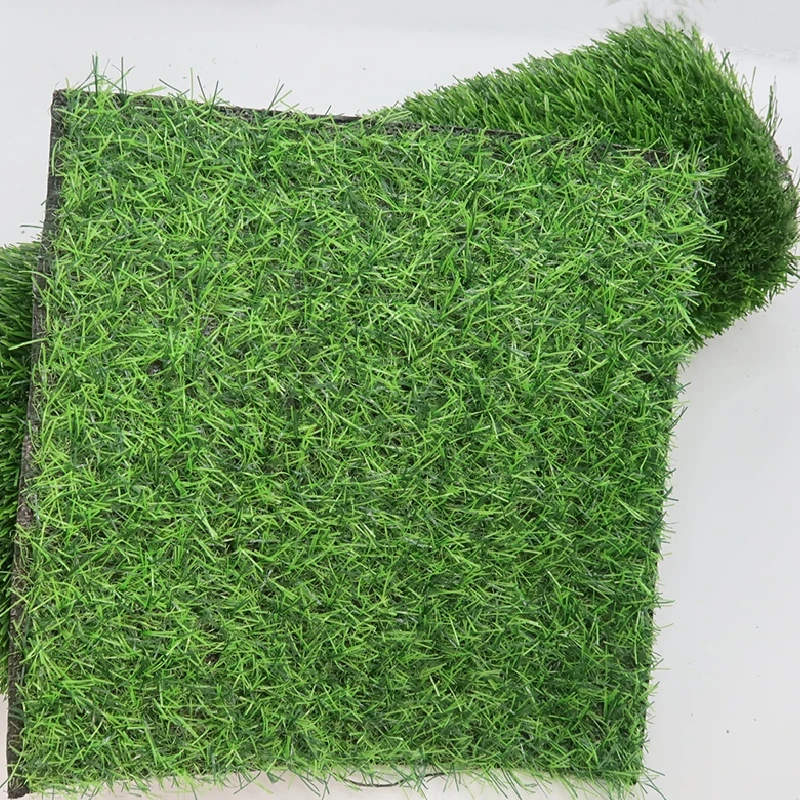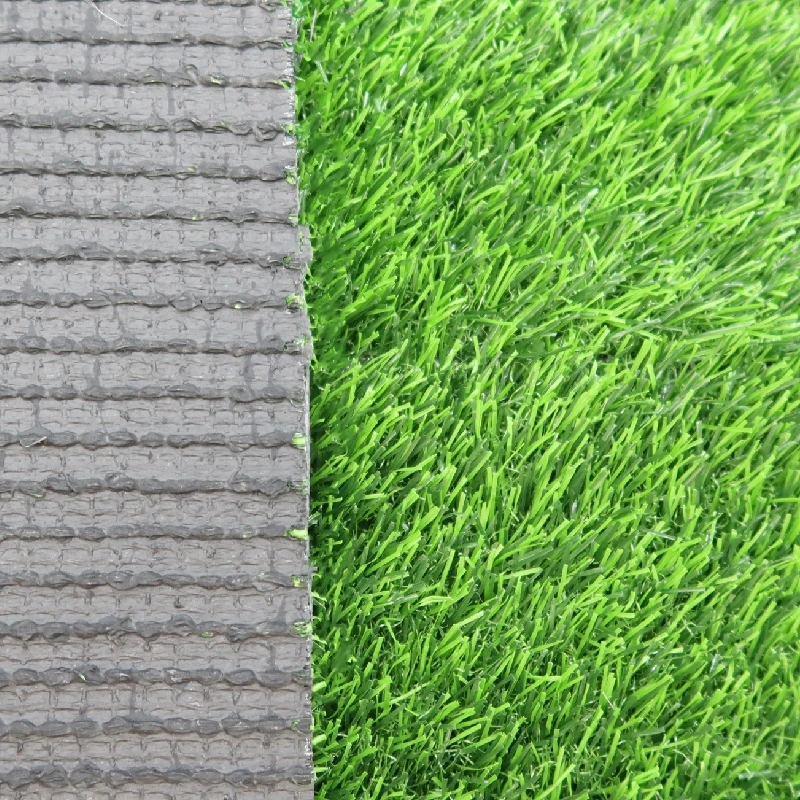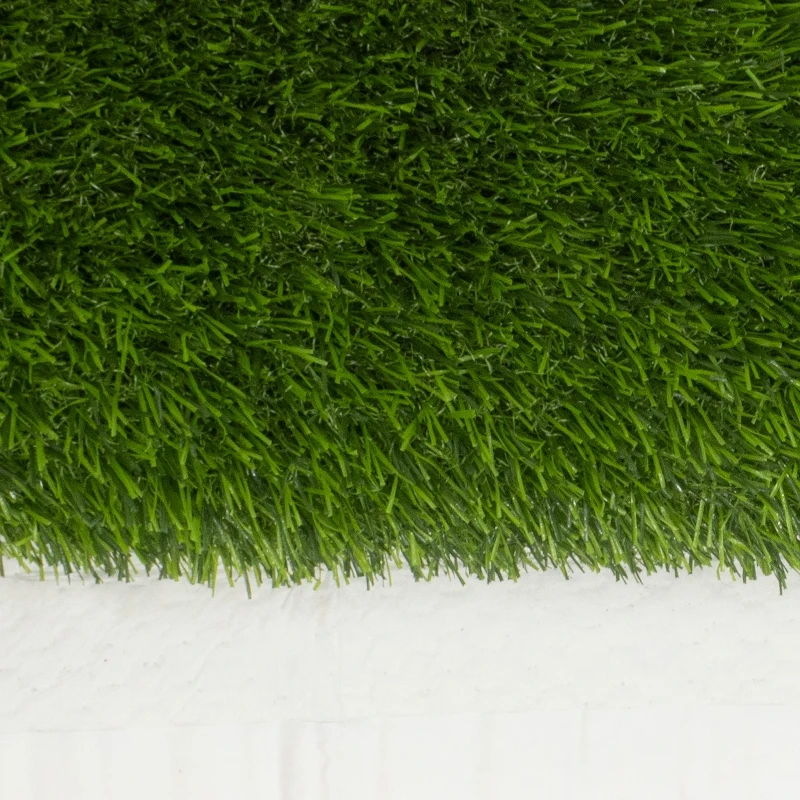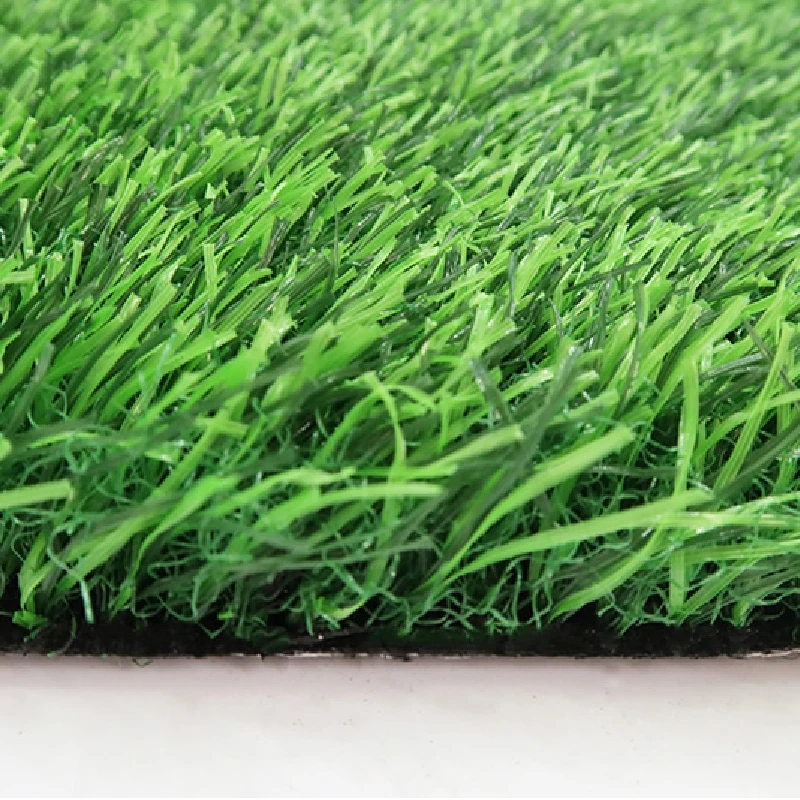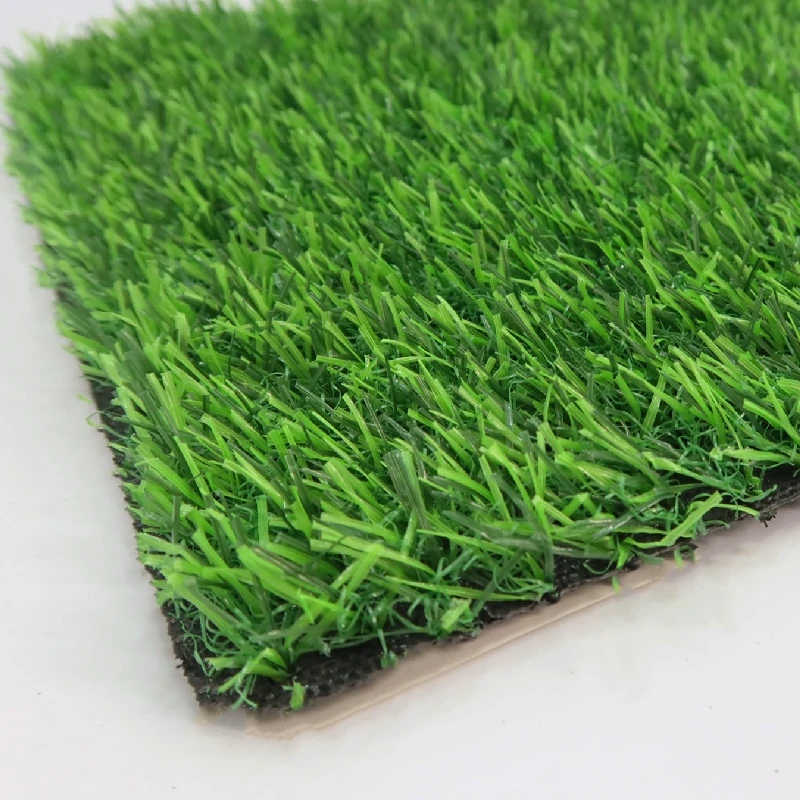Synthetic Putting Green Turf | Sustainable Golf Surfaces & Solutions
Nov . 15, 2025 21:00 Back to list
Unlocking the Potential of Synthetic Putting Green Turf: A Modern Game-Changer
If you’re into golf—or even just landscaping for that matter—you’ve probably heard the buzz around synthetic putting green turf. It’s become a global star for a reason. Not just a cheeky convenience product, but a serious solution combining sustainability, cost savings, and performance. Frankly, its rise tracks well beyond golf courses: from energy efficiency to drought mitigation, this turf is shaping landscapes where natural grass struggles. Understanding it means grasping how innovation in materials can solve rather stubborn outdoor problems.
Why Synthetic Putting Green Turf Is Making Waves Worldwide
Globally, water scarcity impacts over 2 billion people today — a UN report highlights this urgent crisis (1). Maintaining lush, playable greens on conventional golf courses means hefty water use, too often in already stressed regions. Enter synthetic putting green turf, which requires no irrigation, minimal upkeep, and can endure all seasons.
Plus, the ISO 9001:2015 quality standards for sports surfaces increasingly reference synthetic solutions that balance player safety and durability. The World Bank also points to synthetic grass installations as examples of climate-smart urban planning in drought-prone cities (2). So, wherever natural turf faces challenges, synthetic turf surfaces offer a practical alternative.
But here’s the challenge: designing turf that feels natural enough (for putts to roll true) while remaining super tough and environmentally friendly. Those advances? They don’t just benefit huge stadiums; many smaller golf facilities, schools, and residential areas are catching on.
What Exactly Is Synthetic Putting Green Turf?
At its core, synthetic putting green turf is a man-made surface engineered to mimic the look and feel of natural putting greens. It’s typically composed of durable polyethylene or polypropylene fibers tufted through a backing material, often with added infill for cushioning and ball roll accuracy.
This turf has to strike a delicate balance: replicating the smoothness and speed of a real green but offering enhanced durability and low maintenance. It's a classic example of materials science meeting sport and sustainability goals. Oddly enough, many design lessons come from military-grade outdoor fabrics and landscaping industries that demand weather resistance and wear tolerance.
Breaking Down the Key Components of Quality Synthetic Putting Green Turf
1. Durability
Durability is king. These turfs routinely face extreme UV exposure, foot traffic, and sometimes seasonal freeze-thaw cycles. The fibers must retain color, texture, and flexibility for years — often a decade or more. Many engineers note that UV-stabilized yarn treatments and high-density fiber arrangements prevent premature fading and matting.
2. Ball Roll Accuracy
Synthetic turf isn’t just “fake grass.” For putting, you need a surface where the ball rolls predictably, mimicking real greens. This means fiber height, density, infill material, and backing technology work in tandem. Oddly enough, subtle variations in fiber direction can impact putt speed and break, which manufacturers carefully calibrate.
3. Environmental Sustainability
Modern synthetic putting greens emphasize recyclability, reduced water use, and minimal chemical requirements (like fertilizers or pesticides). Some brands have moved toward bio-based fibers or recycled plastic sources. This resonates with eco-conscious golf facilities and homeowners alike.
4. Installation Flexibility
Whether it’s a full 18-hole course, a backyard green, or an indoor training facility, flexible installation — including contours and slopes — is essential. Most turf products can be customized for local drainage, base preparation, or even temporary setups for events.
5. Cost Efficiency
Though the upfront cost may be higher than seeding natural grass, synthetic turf saves considerable sums over time: lower maintenance, no mowing, and no irrigation. Over 10 years, many facility managers find up to 60% savings compared to natural turf management.
Mini takeaway:
Quality synthetic putting green turf is a carefully engineered product — balancing science, environment, and playability to deliver real-world advantages.
Where You’ll Find Synthetic Putting Green Turf Making a Difference
- Residential Backyards: Homeowners craving the perfect golf practice spot without endless maintenance.
- Golf Courses & Training Centers: To supplement high-traffic areas or save water.
- Urban Parks & Recreation Spaces: Creating green spots with zero watering needs.
- Commercial Landscapes & Hotels: Seeking year-round lush appeal.
- Schools & Universities: For athlete training and outdoor classes.
Interestingly, regions like California, Australia, and the Middle East have especially embraced synthetic turf, given their water limitations and climate conditions. Plus, in Canada and northern Europe, turf helps extend the playable season indoors or in shaded areas where grass rarely thrives.
Real example:
One golf club in Arizona installed synthetic putting green turf in their high-use practice areas. Over three summers, water use dropped by more than 70%, and player satisfaction ticked upward thanks to consistent green speeds, even in the scorching heat.
Advantages & Long-Term Value of Synthetic Putting Green Turf
There’s a logical case, of course, but also an emotional one. For starters:
- Water Conservation: Vital in dry regions.
- Low Maintenance: No mowing or fertilizing frees up staff time.
- Reliable Playability: Consistent ball roll anytime.
- Environmental Impact: Lower carbon footprint when factoring in reduced lawncare operations.
- Longevity: Typically 8–15 years of use.
- Community Enjoyment: Safe, mud-free areas foster social sports and wellbeing.
On a softer note, the trust built among players and groundskeepers when you consistently deliver a top-notch experience matters. It’s innovation that respects tradition.
Product Specification Table: Sample Synthetic Putting Green Turf
| Specification | Details |
|---|---|
| Fiber Type | UV Stabilized Polyethylene |
| Pile Height | 10 mm |
| Pile Density | 12,500 stitches/m² |
| Backing Material | Latex with woven polypropylene |
| Ball Roll Speed | 9-11 ft (on Stimpmeter) |
| Warranty | 10 years UV and wear |
Comparing Top Synthetic Putting Green Turf Vendors
| Vendor | UV Resistance | Recyclability | Warranty | Typical Cost (per m²) |
|---|---|---|---|---|
| GreenPlay Turf | Excellent (10 years) | Standard recycled content | 10 years | $65 |
| EcoGreen Fibers | Very good (8 years) | Bio-based polymers up to 40% | 8 years | $75 |
| PrimaTurf Solutions | Good (7 years) | Limited recycled content | 7 years | $60 |
Looking Ahead: The Future of Synthetic Putting Green Turf
Technology never rests. Material scientists are actively exploring biodegradable yarns that break down harmlessly after heavy wear, while maintaining years of service life. Nanotechnology promises fibers that self-clean or resist stains and microbial growth. Digital mapping and laser-guided installation increasingly enable custom contours to precisely replicate real-course greens, enhancing player experience.
Meanwhile, emerging policies worldwide push for water conservation and carbon reduction — both strong drivers for synthetic turf adoption. Some innovators even embed sensors to monitor turf health and usage, integrating synthetic putting green turf into smart landscapes.
Challenges in the Industry and How They’re Being Tackled
No product’s perfect. Synthetic putting green turf still wrestles with:
- Heat Retention: Artificial turf can feel hotter under direct sun than natural grass.
- Initial Investment: Upfront costs can be daunting for smaller clubs or homeowners.
- Environmental Disposal: End-of-life turf recycling infrastructure is limited.
That said, clever designers are introducing infill materials that cool the surface and adopting modular turf sections for phased installation. Industry groups promote extended producer responsibility programs encouraging recycling. And financing models spread upfront cost over maintenance savings.
FAQ: Your Typical Questions About Synthetic Putting Green Turf
Q1: How realistic does synthetic putting green turf feel compared to real grass?
A1: Modern synthetic turf is engineered specifically to match the roll and speed of natural greens. Variations in fiber type, height, and density are calibrated, so most players find the experience extremely close, often indistinguishable after a few putts.
Q2: How long will a synthetic putting green turf installation last?
A2: Typical lifespan ranges from 8 to 15 years depending on quality and maintenance. Good turf has UV stabilizers and heavy wear resistance designed to endure long-term use without fading or matting.
Q3: Is synthetic putting green turf environmentally friendly?
A3: While synthetic turf is plastic-based, it significantly reduces water consumption and eliminates fertilizers and pesticides. Many turf products incorporate recycled materials and aim for recyclability. It’s often viewed as a net positive in drought-prone or water-restricted areas.
Q4: Can synthetic turf be installed indoors or on balconies?
A4: Absolutely. Synthetic putting greens adapt well to indoor and small space installations, offering golf enthusiasts a chance to practice year-round regardless of weather or space constraints.
Q5: What maintenance does synthetic putting green turf require?
A5: Maintenance is minimal compared to natural grass—occasional brushing to lift fibers, rinsing to remove dust or debris, and periodic infill top-ups. No watering or mowing needed, which saves time and resources.
Wrapping Up: Why Synthetic Putting Green Turf Is More Than Just Fake Grass
In the long run, synthetic putting green turf brings together innovation, sustainability, and playability like few other materials. For golf courses, homeowners, and urban planners aiming to conserve water and reduce operational hassle, it’s a real win. As I’ve seen in various installations—from desert communities to northern resorts—this turf consistently enhances both performance and environmental responsibility.
If you’re ready to explore how synthetic putting green turf could redefine your green spaces while boosting eco-efficiency, check out the latest options here. It’s worth a closer look, especially if you’re eyeing future-proof landscaping.
References:
- United Nations World Water Development Report, 2023.
- World Bank Report on Climate-smart Urban Planning, 2022.
- ISO 9001:2015 - Quality Management Systems Standards.
-
Durable, Eco-Friendly Turf for Balcony | Enhance Your Urban Space
NewsNov.24,2025
-
Turf Between Pavers: Sustainable Green Paving Solutions for Modern Urban Spaces
NewsNov.24,2025
-
Discover the Benefits of Turf and Pavers Backyard | Sustainable Outdoor Design
NewsNov.24,2025
-
Top Quality Artificial Grass – Sustainable, Durable, and Stylish Turf Solutions
NewsNov.24,2025
-
Durable and Eco-Friendly Thick Artificial Grass Solutions | Hoya Grass
NewsNov.24,2025
-
Synthetic Turf: Sustainable Green Solutions for Sports, Industry & Urban Living
NewsNov.24,2025
Products categories



